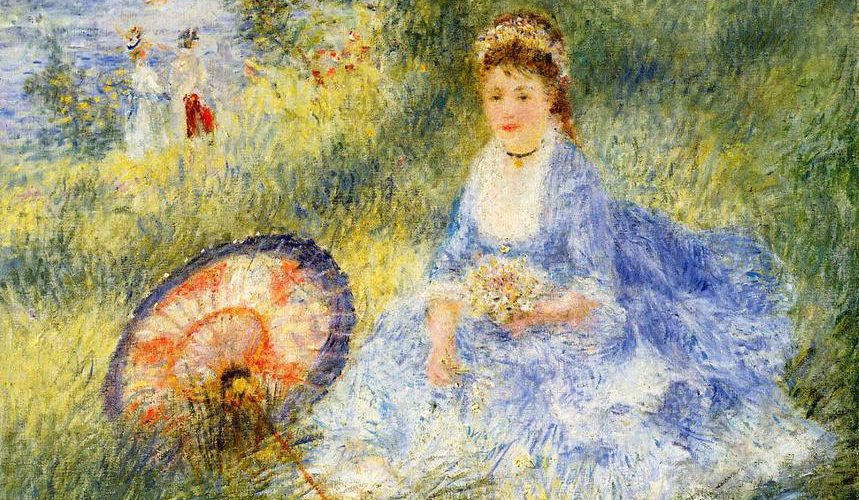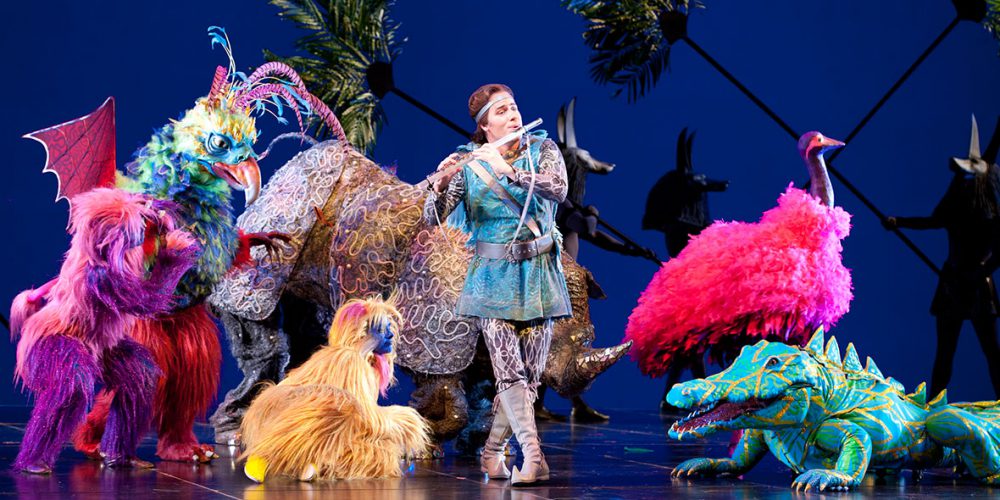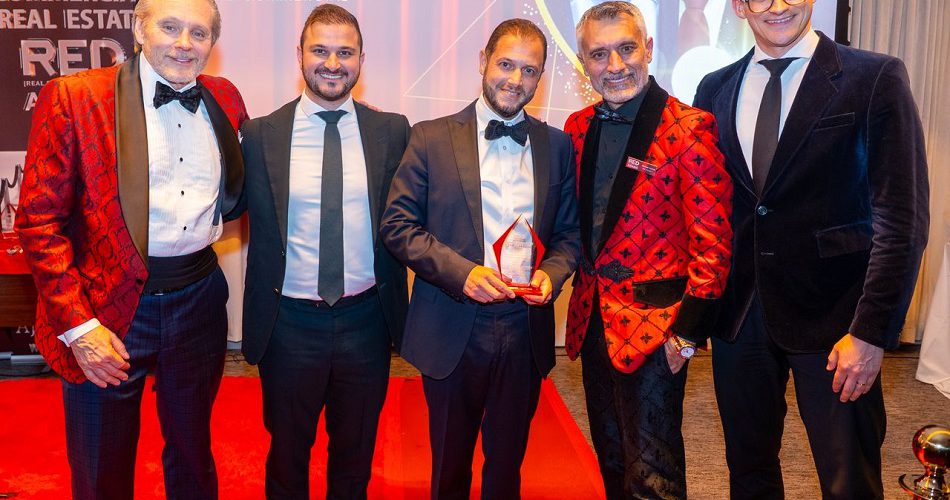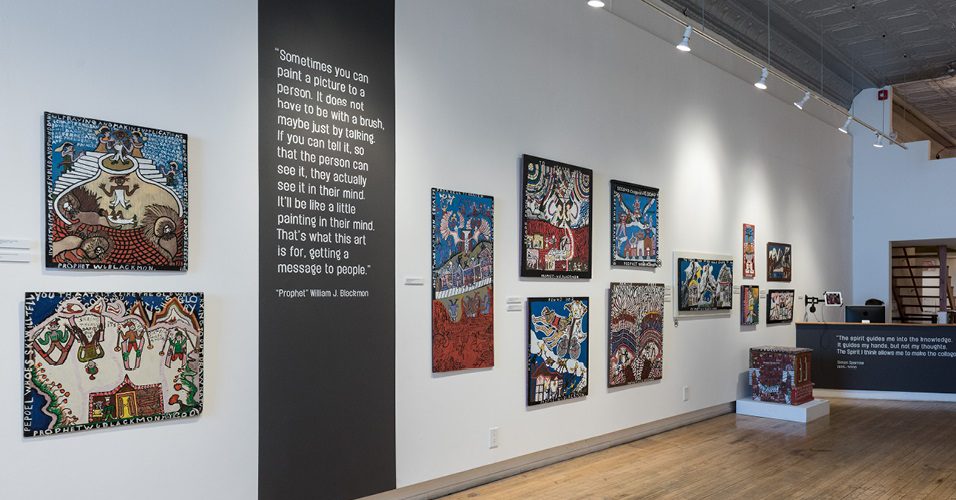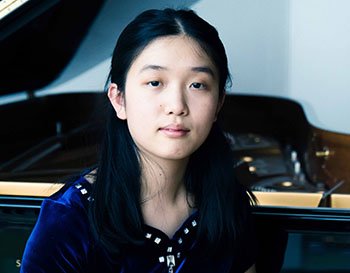Konstantin Stanislavsky: “Play well, or play badly, but play truly”

The world of art celebrates 156th anniversary of Konstantin Stanislavsky.
The influential Russian actor, director and theatre practitioner left a durable mark on the world of performing arts, by co-founding the Moscow Art Theatre and creating his own method for dramatic training.
Konstantin Sergeyevich Alekseyev – who later adopted the stage-name Stanislavsky – was born on 17 January, 1863, to a wealthy family in Moscow. His father is said to have constructed a stage on their family estate, which a young Stanislavsky would act on. He would put on plays with his siblings, and they would often go the theatre, opera and ballet.
Stanislavsky became part of a dramatic group, the Alekseyev Circle, in 1877 and worked obsessively to perfect his craft.
It was not just his biological family that shared his love for theatre. Stanslavsky married Maria Lilina, Russian actress, in 1889 and they had three children.
He directed The Fruits of Enlightenment by Leo Tolstoy in 1891, and is later said to have described this as his first independent production.
But it was an iconic meeting between Stanislavsky and Vladimir Nemirovich-Danchenko that truly set him on the path to success.
Nemirovich-Danchenko, a writer and director originally from Georgia, met with Stanislavsky in 1897. The meeting is said to have lasted 18 hours and ultimately let to the creation of the Moscow Art Theatre in 1898.
The theatre company staged a celebrated production of Anton Chekhov’s The Seagull in 1898, directed by Stanislavsky and Nemirovich-Danchenko. This new version of The Seagull, which followed an earlier, failed run in St Petersburg, established the Moscow Art Theatre as an influential institution.
As a theatrical practitioner Stanislavsky continued to keep careful notes of his work, and would later go on to write several major texts on the art of performance.
Stanislavsky developed his own dramatic training method, called the Stanislavsky system, which requires actors to rely on their emotional memory, conditioning themselves to fully grasp their character’s mindset. He encouraged actors to fully inhabit their characters, seeking motivation in their dialogue; a technique now common to much naturalistic theatre.
His system later became the base for the Method acting style still used to this day.

